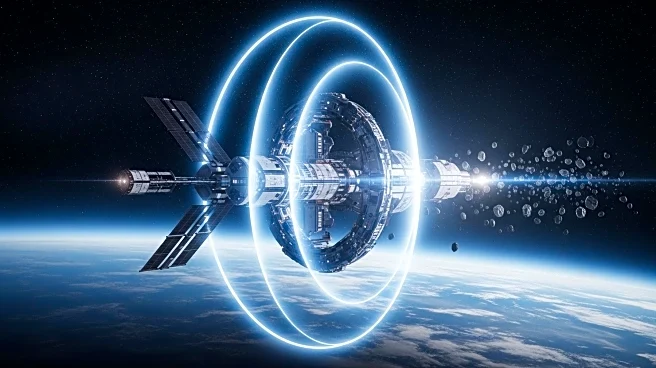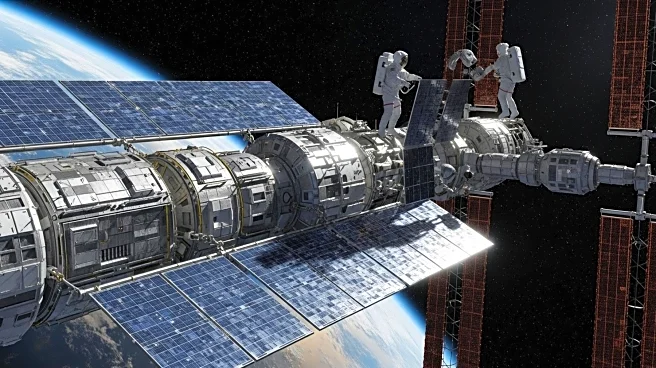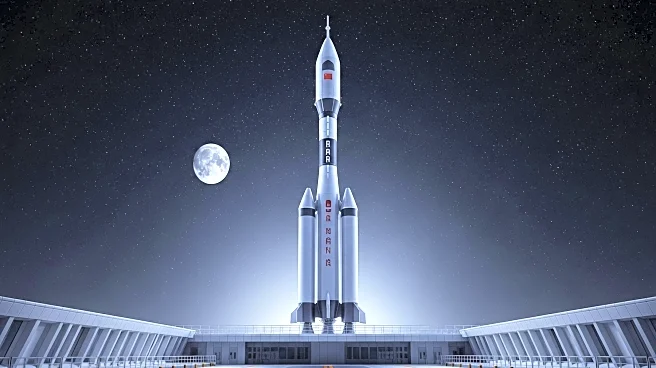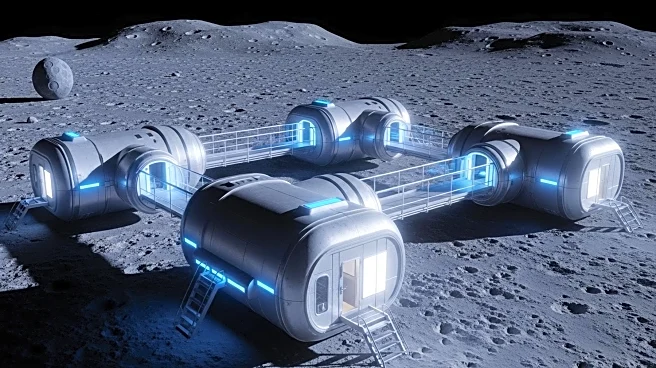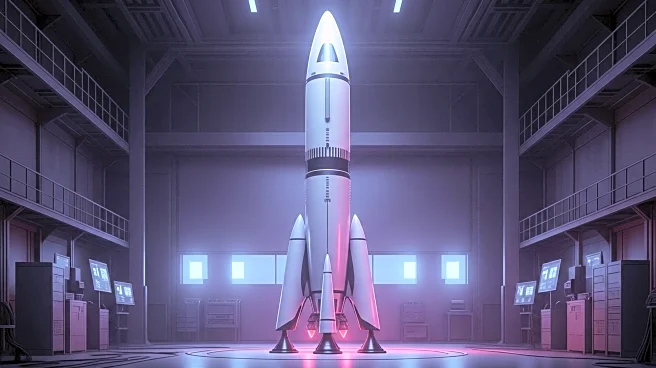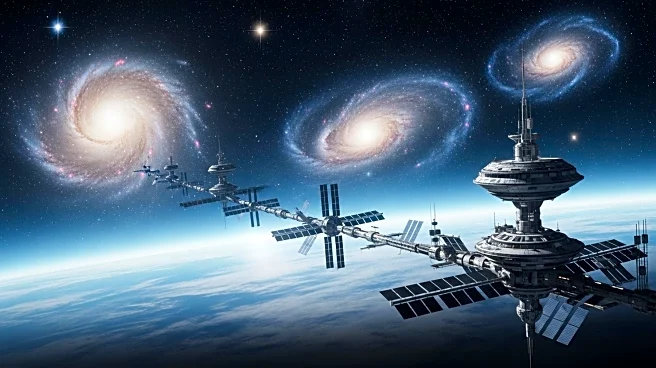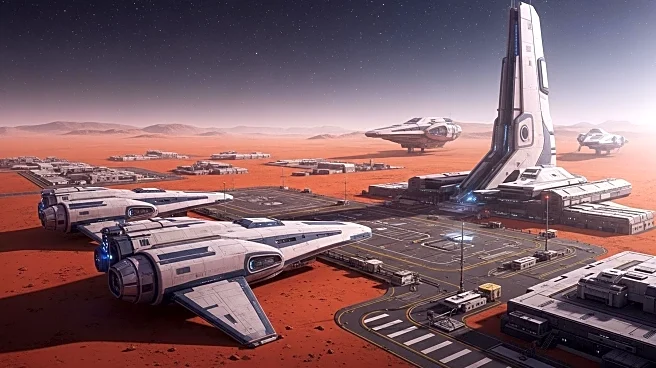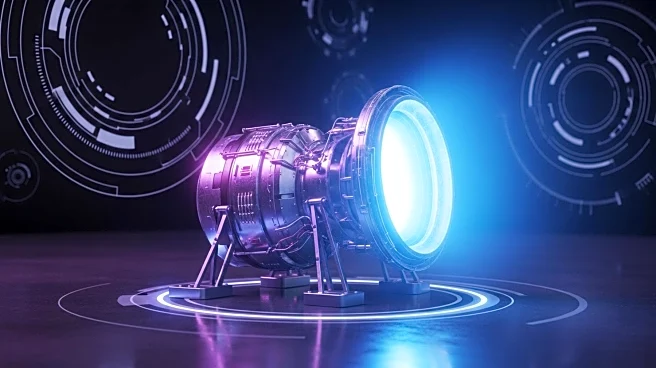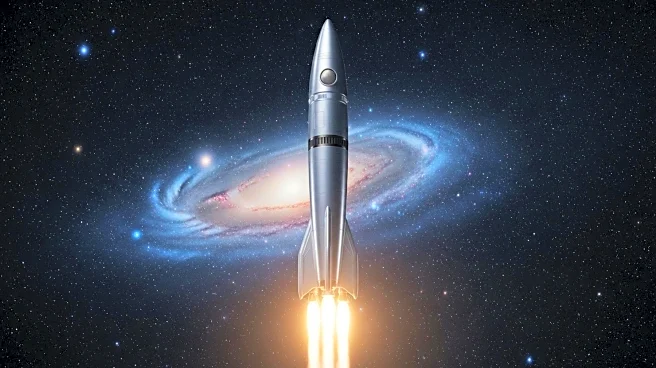What's Happening?
Chinese astronauts from the Shenzhou 20 mission have successfully installed additional debris shielding on the Tiangong space station during a six-hour spacewalk. This marks the fourth spacewalk for the mission, which arrived at Tiangong on April 24. The astronauts, Chen Zhongrui and Wang Jie, ventured outside the station to complete tasks including the installation of debris protection devices and the inspection and maintenance of external equipment. The Tiangong space station, currently about 20% as massive as the International Space Station, may see further expansion as Chinese officials consider adding more modules.
Why It's Important?
The installation of debris shielding is crucial for the safety and longevity of the Tiangong space station, as space debris poses significant risks to spacecraft. Even small particles can cause damage due to their high velocity. China's efforts to safeguard Tiangong reflect its growing ambitions in space exploration and its commitment to maintaining a secure presence in low Earth orbit. This development also highlights China's technical capabilities and strategic intent in a domain where space is increasingly seen as a contested area.
What's Next?
As the Shenzhou 20 mission approaches the end of its six-month duration, the focus will likely shift to further enhancing Tiangong's capabilities and possibly expanding the station. The successful completion of these tasks by the astronauts sets a precedent for future missions and upgrades. Additionally, the international community will be watching China's moves closely, as space becomes a more competitive and strategic frontier.
Beyond the Headlines
China's meticulous approach to safeguarding Tiangong illustrates both the nation's technical maturity and its recognition of space as a contested domain. As orbital hazards multiply and international competition intensifies, proactive engineering and strategic foresight will determine not only who leads in space, but who endures.

